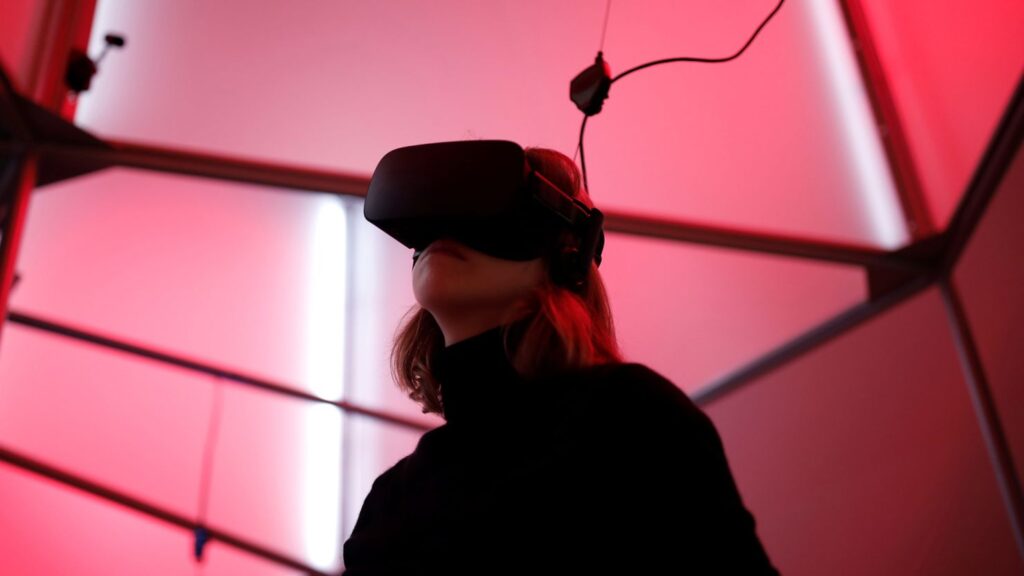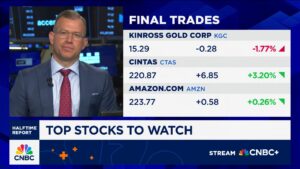
The promise of virtual reality (VR) to revolutionize the entertainment landscape may finally be within reach. Since the launch of the Oculus Rift, the first mainstream VR headset, the industry has struggled to deliver on its potential. Yet, as of 2025, key players in technology and entertainment are joining forces, suggesting a pivotal moment is approaching.
Meta, the parent company of Facebook, has initiated discussions with major entertainment companies, including Disney and A24, to create immersive content tailored for its Quest VR headsets. This development signals a renewed commitment to VR from industry leaders. In June 2023, Apple unveiled an upgraded version of its Vision Pro headset, which allows users to share content across devices, enhancing the experience of watching movies in virtual reality. Earlier this year, Apple also launched an immersive concert featuring Metallica, showcasing the potential for live events in VR.
Breaking the Paradox of VR Adoption
For over a decade, the VR industry has grappled with a classic chicken-and-egg dilemma: to attract compelling content, VR headsets need widespread adoption, yet mass adoption hinges on premium content availability. While headset manufacturers have developed lighter and more powerful devices, the challenge of creating captivating VR experiences remains.
Earlier this year, Meta offered virtual tickets for live Stanley Cup games, following similar promotions for NBA and WNBA games. VR concerts have gained traction, with events featuring artists like Alicia Keys and Blackpink. Furthermore, Disney launched a Disney+ app for Apple’s Vision Pro on its first day of availability in 2024, demonstrating a growing interest in VR as a storytelling medium.
According to IDC, global shipments of augmented reality (AR) and VR headsets saw an increase of approximately 10% in 2024, reaching 7.5 million units worldwide and nearly 30.8% in the United States. Although IDC forecasts a decline in shipments this year, a rebound is expected in 2026, with worldwide shipments projected to surge by 98.5% to 11.3 million units.
Exploring New Avenues for Content
Despite the optimism surrounding VR, the technology has not yet achieved the widespread popularity anticipated by its pioneers. The investment landscape has shifted dramatically in recent years, with funds directed more towards innovations like artificial intelligence and self-driving cars. Funding data from Crunchbase indicates that investment in XR technologies peaked in 2021 but has since dwindled, while backing for AI has seen a steady increase.
Industry experts highlight the need for exclusivity in VR content creation. Jenna Seiden, an industry consultant, noted that simply adapting existing 2D content for VR does not suffice. “You need to build natively so the audience is going to have a different experience per platform,” Seiden stated. This approach aligns with successful models established by platforms like HBO Max and Apple TV+, which grew their audiences primarily through exclusive content offerings.
The sports sector may serve as a crucial entry point for immersive experiences. Paul Raphaël, co-founder of Felix & Paul, mentioned that sports events are already being broadcast live or asynchronously, making them ideal candidates for VR adaptation. The potential to enhance the viewing experience could attract a broader audience and further drive the adoption of VR technologies.
As Hollywood navigates a rapidly changing media landscape, the emergence of VR could provide a vital new distribution platform. With traditional revenue streams dwindling due to the rise of streaming services and the decline of cable subscriptions, immersive content may represent a promising avenue for revenue generation.
Jack Davis, co-founder of CryptTV, emphasized the urgency of exploring VR as a viable format for premium content, stating, “As gigantic structural changes happen in TV and film, the industry is going to need to replace those things in the aggregate.”
Despite the challenges, tech giants continue to invest in the development of mixed reality headsets. Meta has committed $3.5 billion to eyewear manufacturer EssilorLuxottica SA, while Snap announced plans to launch new augmented reality spectacles in the coming year. Google is collaborating with partners like Xreal and Samsung to advance its Android XR software, with Samsung set to release its Project Moohan headset.
Experts remain divided on when VR will reach its tipping point. Some, like Raphaël, anticipate it could happen within one to two years, while others suggest a timeline of three to seven years. Seiden believes it may take five to ten years for VR to solidify its place in mainstream entertainment.
As the industry evolves, the landscape of content consumption is likely to shift dramatically. Raphaël compared the future of 2D content to that of black-and-white films, suggesting that, in time, immersive experiences may become the standard, rendering traditional formats outdated.
In summary, the collective efforts of tech and entertainment giants indicate a renewed faith in the potential of virtual reality. With ongoing advancements in technology and an increasing focus on creating engaging content, the industry may be on the cusp of a significant transformation in how audiences experience entertainment.






